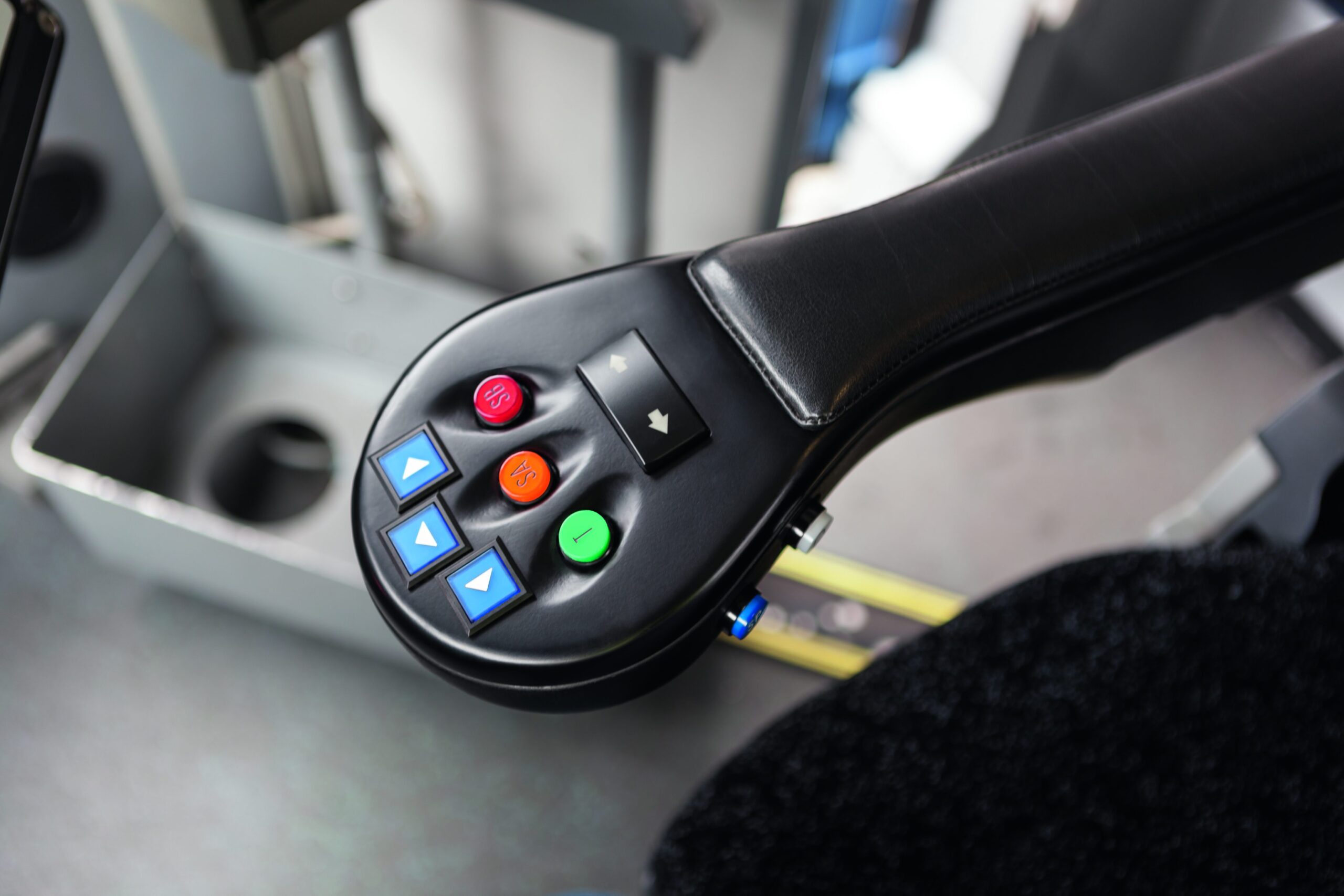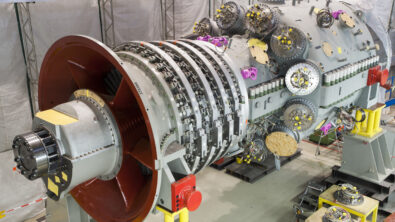Why and how to implement AM for aerospace

Aerospace is already an innovative industry, growing from a workshop hobby to billion-dollar industry in a hundred years. But that impressive growth requires new technologies and big investment. It has been aluminum production to replace wood frames, composites to improve wing and surface dynamics, and now it is likely the adoption of additive manufacturing (AM) that is fostering innovation in the industry. It’s easy to say that, but why is it an important evolution? And how is it changing the way we fly? In second episode with Dale Tutt on the Siemens Additive Manufacturing podcast, Ashley Eckhoff gets some perspective on where the technology is heading. You can find the whole episode here.
For a quick highlight reel, let’s summarize some of the major topics these two experts discuss in the episode, ranging from how to adopt the technology to possible applications of tomorrow and everything in between.
Buy it? Or rent it?
Regardless of the final application for AM parts it is important to understand how, or maybe where, the components will be manufactured. The investment in 3D printing for industrial applications is not strictly in the cost of the machines and raw materials, it also includes the time required to attain experience in the new methodology. For many aerospace companies just starting to design for AM, it can make far more sense to partner with an experienced AM supplier instead of trying to get a program off the ground in-house. The experience of a supplier can provide critical design tips to increase print reliability, repeatability, and safety – a very important addition for aerospace applications.
This is not to say purchasing is never a good option, if there are experienced employees and a robust application of the technology it can make a lot of sense to print on-site. 3D printers can augment traditional manufacturing processes with custom jigs and fixtures, and engineers can iterate much faster in-house if they need physical prototypes.
The role of software
AM on its own is a very fascinating technology, but many of the designs that benefit from it the most are too complex for anyone to design them with simple tools in any reasonable amount of time. Comprehensive software tools carry the weight of this task and add a lot of value to AM designs for the aerospace industry. Creating a lattice inside a support structure to shed weight is a great idea, but without proper tools this can take many hours of tedious manual modeling and complex functions, all of which needs to be redone if a change request comes through. The convergence of software modeling and simulation also provides insight to create even more performant components through integrated cooling channels or other functional geometries.
An interesting future
Given the nearly endless possibilities with additive technologies it is safe to say the possibilities for aerospace applications are just as limitless. Even today there are companies printing entire systems as single components to save weight and improve performance, there is even a company printing an entire rocket. But as the technology develops, so too will the applications. Aircraft could transition back to wing deflection instead of discrete control surfaces to improve aerodynamics or battery systems for electric aircraft could be integrated into the aircraft body to maximize available power and optimize weight distribution. The truly innovative technologies are still in the minds of the next generation of aircraft designers, but adopting AM now is the first step in making those evolutions a possible future.
For more information on additive manufacturing in the aerospace industry, check out episodes one and two of Siemens’ Additive Manufacturing podcasts in full as our resident AM expert Ashley Eckhoff speaks with our resident aerospace expert Dale Tutt.
Siemens Digital Industries Software is driving transformation to enable a digital enterprise where engineering, manufacturing and electronics design meet tomorrow. Xcelerator, the comprehensive and integrated portfolio of software and services from Siemens Digital Industries Software, helps companies of all sizes create and leverage a comprehensive digital twin that provides organizations with new insights, opportunities and levels of automation to drive innovation.
For more information on Siemens Digital Industries Software products and services, visit siemens.com/software or follow us on LinkedIn, Twitter, Facebook and Instagram.
Siemens Digital Industries Software – Where today meets tomorrow


